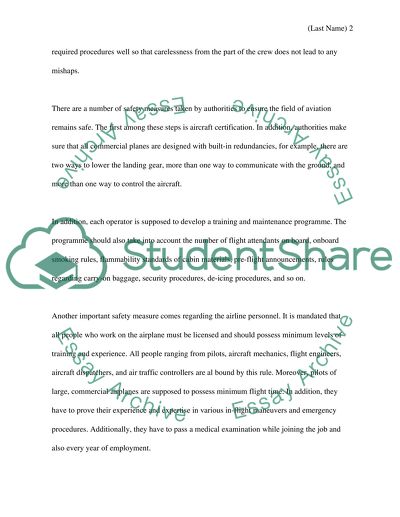Cite this document
(“Quality Management in Airline Operations Essay Example | Topics and Well Written Essays - 1500 words”, n.d.)
Retrieved from https://studentshare.org/literature/1428888-quality-management-in-airline-operations
Retrieved from https://studentshare.org/literature/1428888-quality-management-in-airline-operations
(Quality Management in Airline Operations Essay Example | Topics and Well Written Essays - 1500 Words)
https://studentshare.org/literature/1428888-quality-management-in-airline-operations.
https://studentshare.org/literature/1428888-quality-management-in-airline-operations.
“Quality Management in Airline Operations Essay Example | Topics and Well Written Essays - 1500 Words”, n.d. https://studentshare.org/literature/1428888-quality-management-in-airline-operations.


